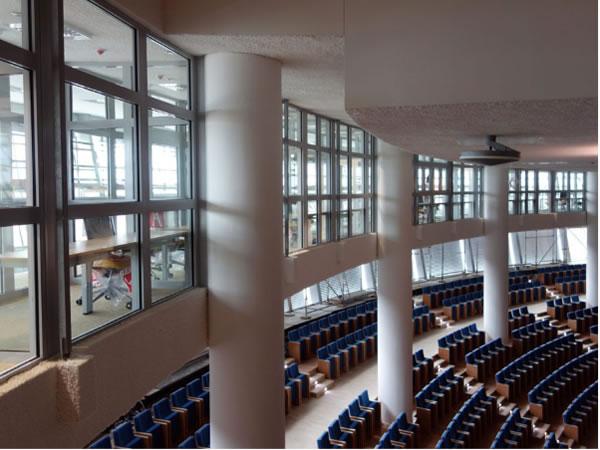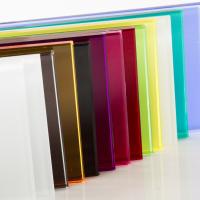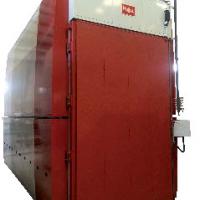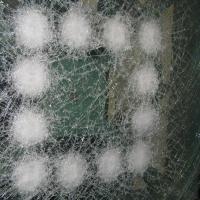
Date: 15 November 2017
Therefore, construction materials are selected based on their soundproofing and sound absorbing features, including other basic functions, like fire-resistant glass.
Modern architecture cannot do without fire-resistant glass any more. It is applied in facades, partitions, floors and ceilings; it is mounted in doors, skylights and stairs. The glass being a key element, its properties determine many utility features of indoor spaces, including its inhabitants’ acoustic comfort.
It will be noted that fire-resistant glass of the same EI class may have different soundproofing parameters, i.e., Rw – the weighted noise control index, depending on production technology. The Rw index is quoted in decibels (dB); the higher its value, the better soundproofing parameters the material has.

POLFLAM® fire-resistant glass has perfect soundproofing parameters, including those recommended for areas of particular noise load. Its Rw index, without any extra glass panes sealed to it, is 40-47 dB, depending on the EI class.
Numerous tests carried out in notified laboratories show that the use of various kinds of extra glass panes sealed to the unit, easily takes the Rw index up to even 52 dB!

Where is it that the Rw index is the most important? It is in conference facilities where glass is part of the walls of large conference rooms or partitions between meeting rooms and the hall or corridors.
Noise control is also important in office buildings where glass partitions are used as walls between rooms or in warehouses. The same is true for hospitals, schools, pre-schools, etc.
Concert halls are spaces even more requiring for the Rw index. It is worth having a closer look at it to find optimum solutions.

 600450
600450



















Add new comment